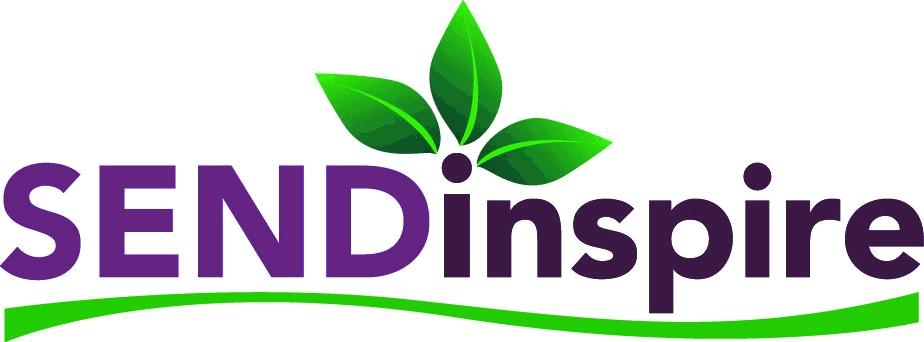SEND stands for Special Educational Needs and Disabilities, and it covers a range of needs and disabilities that can affect a child’s ability to learn and access education. The four areas of SEND are:
SEND 1- Communication and Interaction
This includes but is not limited to children with speech and language difficulties, as well as those with Autism Spectrum Disorder (ASD).
Examples: A child who has difficulty speaking clearly or understanding language, a child who does not interact with others, or a child who has repetitive behaviours or interests.
Teaching approach and strategy: Using visual aids and symbols to support communication, using clear and concise language, using structured and predictable routines, and providing opportunities for social interaction and play. Many of our teaching activity plans cover just these areas.
View a small selection of our SEND activity plans.
SEND 2- Cognition and Learning
This includes children with learning difficulties, such as dyslexia, dyscalculia, and attention deficit hyperactivity disorder (ADHD).
Examples: A child who has difficulty reading, writing, or understanding concepts, a child who struggles with attention and concentration, or a child who has difficulty with problem-solving or decision-making.
Teaching approach and strategy: Using multisensory approaches to learning, providing opportunities for hands-on and practical activities, breaking tasks down into smaller steps, and using visual aids and prompts to support learning. Many of our teaching activity plans cover just these areas.
SEND 3- Social, Emotional, and Mental Health
This includes children with emotional or behavioural difficulties, such as anxiety, depression, or conduct disorder.
Examples: A child who has difficulty managing their emotions, a child who struggles with social interactions, or a child who has difficulty regulating their behaviour.
Teaching approach and strategy: Providing a nurturing and supportive environment, using positive reinforcement and praise, teaching emotional regulation and coping strategies, and providing opportunities for social and emotional development.
SEND 4- Sensory and Physical
This includes children with sensory processing difficulties, as well as those with physical disabilities or health conditions.
Examples: A child who is visually impaired, a child who has difficulty with fine or gross motor skills, a child who is sensitive to noise or touch, or a child who has a medical condition that affects their ability to learn.
Teaching approach and strategy: Using adaptations and accommodations to support access to learning, providing opportunities for physical activity and sensory exploration, and ensuring that the learning environment is accessible and inclusive.
Helping Children with SEND in the classroom or at home.
Some children with these needs receive an education in a special school but most children have a normal primary school education as part of their age cohort.
Schools and teachers have the challenge to meet the needs of every child in the class regardless of their ability. Schools keep detailed records of the teaching each child receives and how this reports to their needs.
Schools and teachers often enlist the help of teaching assistants to help deliver the best outcomes for children who they might categorise as SEND.
Our role in helping teachers deliver the best outcomes for children with SEND
Our role is to help teachers by providing a library of teacher-written activity plans so teachers can be comfortable in the knowledge that these children will be receiving teaching, support and help which is suitable for their needs and has been developed by teaching professionals.
While it is possible to identify a child’s educational needs these are often on a spectrum with many children having layered needs. As an example, a child with a special educational need might be working to KS1 Level or KS2 Level in primary school but may not be at the same level as the class average. Another child who is more severely effected with same educational need may not be able to work to either KS1 or KS2 level but will still receive an education which is suitable for their needs.
Our SEND activity sheets and lesson plans are focussed on the developmental level.
SEND Conditions and Disorders

Ready To Get Started?
Join with a simple subscription and start accessing resources today.

